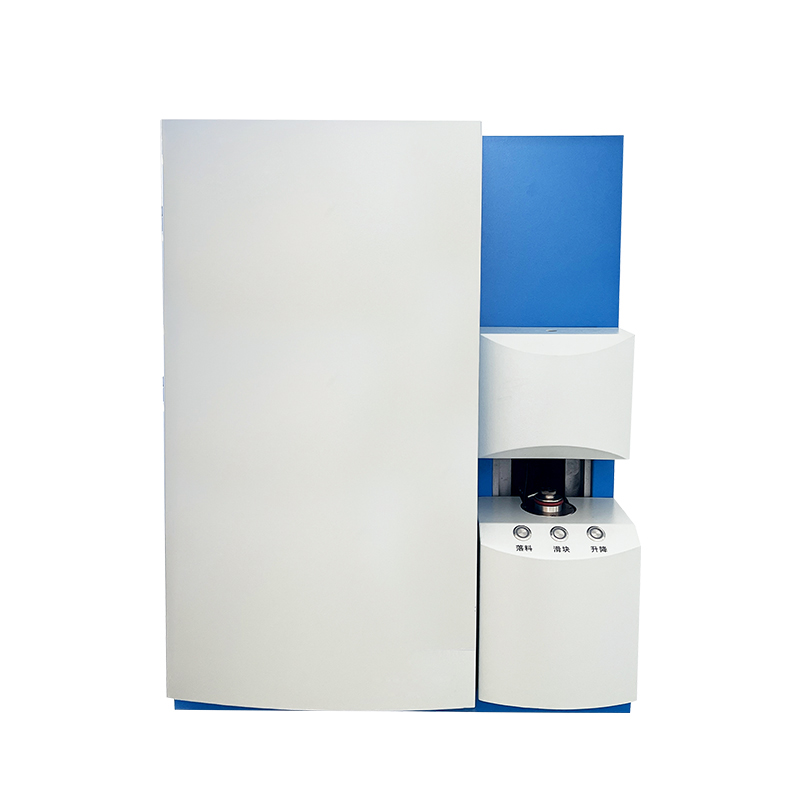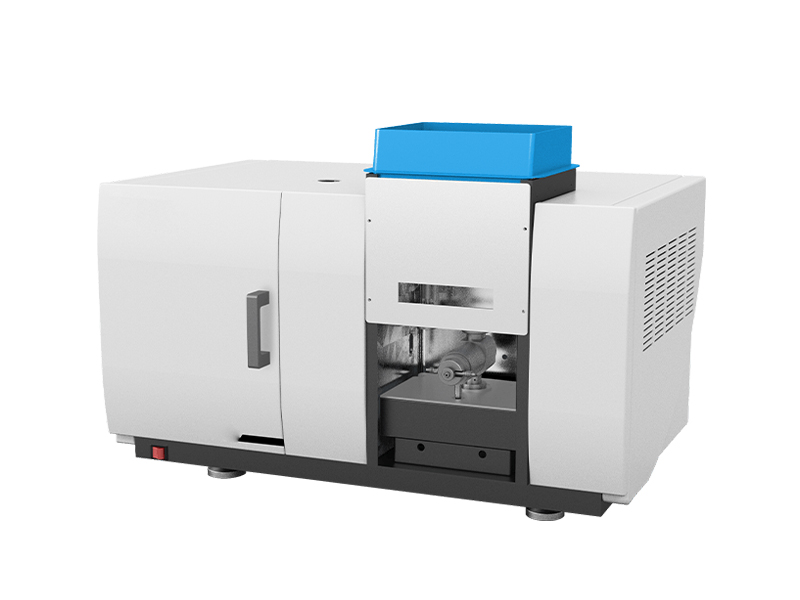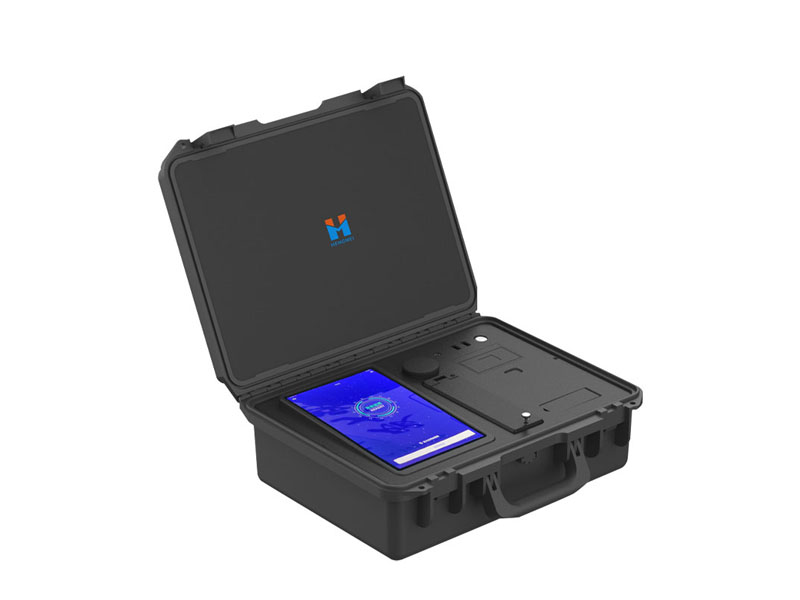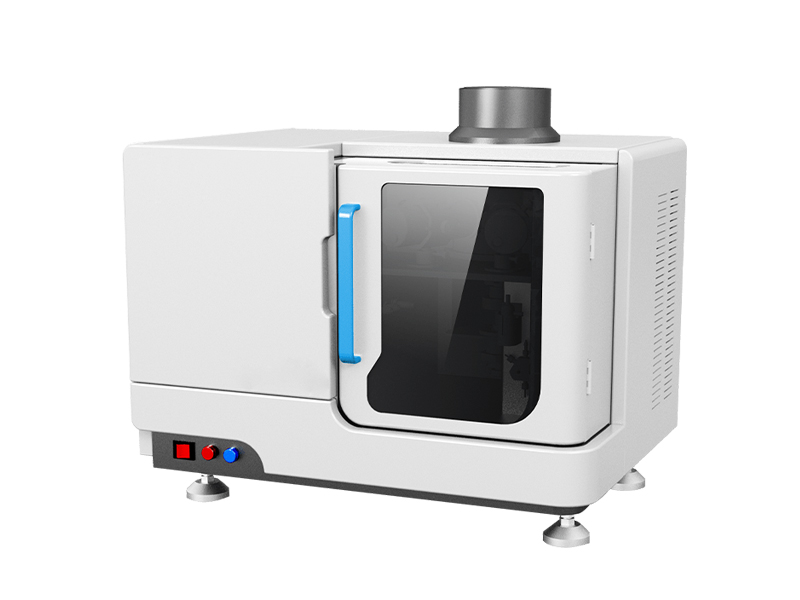Oxygen, nitrogen, and hydrogen are key gas elements in metallic and inorganic non-metallic materials, and their content directly affects the mechanical properties, processing characteristics, and service life of the materials. The oxygen nitrogen hydrogen combined analyzer is based on the principle of inert gas melting infrared/thermal conductivity detection, and achieves rapid and accurate combined determination of three gas elements.

Core principle
The core technical principle of the oxygen nitrogen hydrogen combined analyzer is the inert gas melting method, which combines two high-sensitivity detection techniques: non dispersive infrared (NDIR) and thermal conductivity (TCD). The brilliance lies in the sequential detection and quantification of three different types of gases through a set of gas paths and detection systems.
The workflow is as follows:
Sample melting and gas extraction:
Place the precisely weighed sample into a high-purity graphite crucible that has undergone high-temperature degassing treatment, and heat it instantly to a maximum temperature of 3500 ℃ or higher through a pulse electrode furnace in a flowing helium (carrier gas) atmosphere. The sample rapidly melts, among which:
Oxygen (O) reacts with carbon in a graphite crucible to produce carbon monoxide (CO).
Nitrogen (N) is directly released in the form of nitrogen gas (N ₂).
Hydrogen (H) is released in the form of hydrogen gas (H ₂).
At this point, O, N, and H in the sample are completely extracted, forming a mixed gas of CO, N ₂, and H ₂, which is carried by helium into the detection system.
Conversion and detection of gases:
The mixed gas first passes through a heated rare earth copper oxide (CuO) converter. Here, carbon monoxide (CO) is quantitatively oxidized to carbon dioxide (CO ₂), while N ₂ and H ₂ do not react.
Oxygen detection: The converted gas enters the infrared detection cell. CO ₂ strongly absorbs infrared light of specific wavelengths, and the oxygen content can be accurately calculated by measuring the absorption intensity.
Hydrogen detection (infrared method): Following this, hydrogen gas (H ₂) in the mixed gas is also detected by a specific infrared detection cell (or using thermal conductivity method).
Nitrogen detection: Afterwards, the gas passes through a chemical adsorbent to completely adsorb and remove CO ₂ and H ₂ O (if any), leaving only a mixture of N ₂ and carrier gas He entering the thermal conductivity detection cell. Due to the difference in thermal conductivity between nitrogen and helium, the nitrogen content can be calculated by measuring the change in thermal conductivity.
The entire analysis process is precisely controlled by computer software and can generally be completed within 3 minutes, outputting the content results of oxygen, nitrogen, and hydrogen elements at once.
Analysis of Technical Advantages
Based on the precise design principles mentioned above, modern oxygen nitrogen hydrogen combined measuring instruments have the following outstanding technical advantages:
1. Sensitivity and accuracy
Wide detection range and high accuracy: It can detect content as low as 0.01ppm (sensitivity), and the analysis accuracy can reach 0.1ppm or 1% RSD for low content samples, meeting the demanding requirements of high-end material research and development.
Dual detector configuration: High stability infrared detectors are used for oxygen and hydrogen, and high-sensitivity thermal conductivity detectors are used for nitrogen. Optimization is carried out for different gas characteristics to ensure optimal detection performance.
2. Efficiency and automation
Joint determination: One injection can simultaneously obtain O, N, and H results within 3 minutes, with much higher efficiency than sub item determination.
Intelligent software: The software supports methods for storage, automatic calibration, result calculation, report printing, and data traceability in the Windows environment, greatly simplifying the operation process.
3. System reliability and adaptability
High temperature pulse furnace: with a power of 10KVA and a maximum temperature of>3500 ℃, it can melt various high melting point materials from aluminum alloy to tungsten alloy.
Stable gas path system: using high-quality solenoid valves and corrosion-resistant pipelines, integrating automatic leak detection function to ensure long-term stability during operation.
Flexible channel selection: There are 16 high and low analysis channels for oxygen, nitrogen, and hydrogen, and users can freely combine them according to the sample content to achieve optimal analysis.
Article address:https://www.spectrometer.top/news/43.html


 Current
location:
Current
location:









